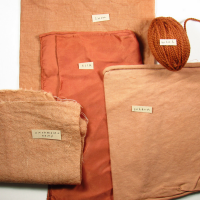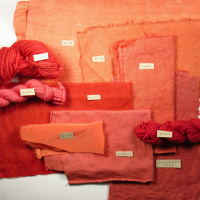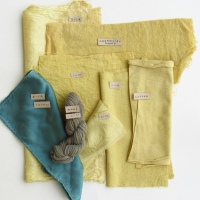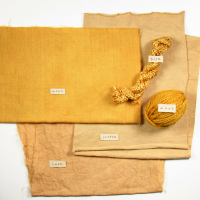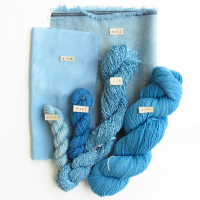Aquarelle Tannin Liquid
Aquarelle Tannin Liquid is an easy to use liquid natural dye that is considered a “light” tannin. Liquid tannin comes from gall nuts, which contain approximately 50-60% tannin. When used as a mordant, it does not significantly alter the color of other natural dyes. It creates a soft purple color with iron or a light buff by itself. For more details, please see our page on how to use liquid dyes. Each Aquarelle liquid natural dye is pre-extracted from a leaf, root, bark or other natural source. They combine easily and produce beautiful shades. Thicken with print paste thickener. After … Read more



